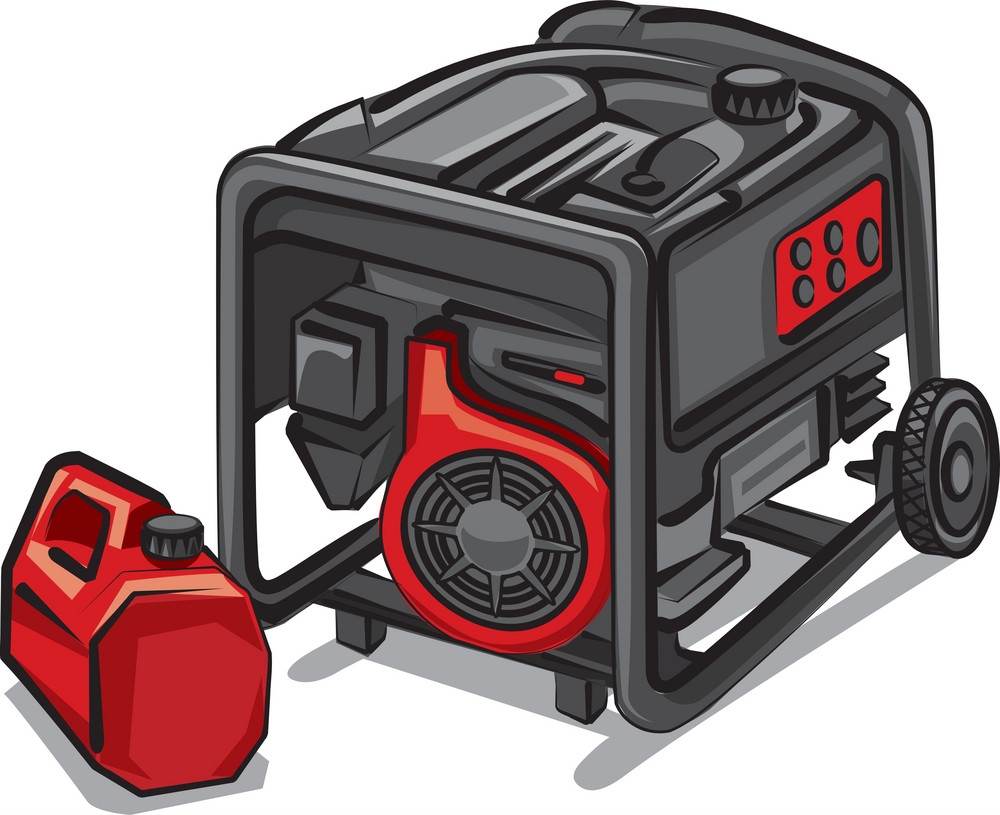Anywhere electrical power is needed such as, construction sites, campgrounds, and homes, a portable power generator will supply it. Not just for convenience, they power tools, medical equipment, and keep vital home equipment operating. Along with hooking up your generator, and making proper connections. Follow these portable generator safety tips to prevent life-threatening mishaps. Always read your owner’s manual for safety instructions specific to the model you own.
General Safety
Never refuel a portable generator while it is running. Turn the generator off and allow it to cool before adding fuel. When a generator is in operation, do not allow children to play near or around it. Burn and electrical hazards can injure a child. Disconnect loads from the generator before you turn it off and keep them disconnected until the generator is running again. Use battery-powered carbon monoxide detectors when the generator is operated near a home or other dwelling. Keep combustible materials away from the generator. Generator exhaust contains carbon monoxide, an odorless, colorless gas that can quickly kill in a confined space. Even if the windows are open and you believe there is enough ventilation, never keep a portable generator running inside of a home, garage, shed, or any other closed space. No matter the fuel being used, windows and doors cannot provide enough proper ventilation for an internal combustion engine. Keep portable generators at least 10 feet from any dwelling including homes, tents, RVs, and campers. Make sure that your generator is far away from open doors, windows, or vents, as the fumes can seep into where you are residing. Place the generator downwind where exhaust fumes cannot enter the dwelling. Also, be mindful of the direction your exhaust may travel, and make sure to be aware of how close your neighbors are in relation to your generator. Always have a level stable surface that will not flood to place your generator on.
Using Extension Cords
Always employ electrical cords designed and rated for external use. Electrical cords should contain a ground wire and have three-pronged plugs and receptacles. Select cords sized to handle the current the devices used will draw. Common wire sizes include 14 gauges for 15 amperes, 12 gauges for 20 amperes, and 10 gauges for 30 amperes. If the cords will carry near their maximum rated load a lot more than 80 % of the time, step up to another (smaller gauge number) size cord. Electrical cords longer than 100 feet require larger wires (smaller gauge number) to scale back voltage drop, which may cause motors to overheat or wear out. Tend not to pinch electrical cords in windows or doors, or use cords while they’re coiled up. Pinched wires can easily overheat and initiate a hearth. Uncoil cords before you make connections to ensure they are from overheating. Don’t use anything but electrical cords in good condition with unbroken sheathing and solid connections to plugs and receptacles.
Making Connections
Make connections between your ::portable-generators:: convenience receptacles straight away to appliances with electrical cords.
Connect a generator into a home’s electrical system by way of a manual transfer switch. Never connect capability to your house by backfeeding an appliance circuit such as an electrical range or dryer outlet. Backfeeding can kill or injure utility workers.
On job sites, a portable generator’s neutral and ground wire be bonded (connected) about the generator to fulfill OSHA safety regulations (unless a separate, approved ground emerges). Connection of a job-site generator into a home’s manual transfer switch may need disabling the text before link with the switch. Confirm the owner’s manual for instructions specific to grounding the portable generator.
For more info go to: www.BackupHomePower.com
